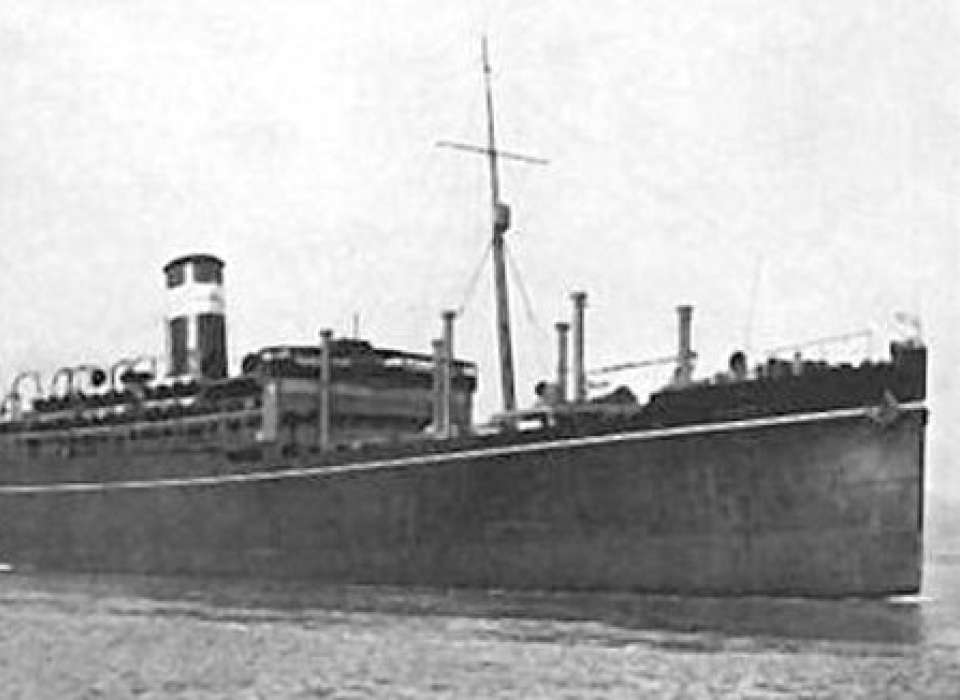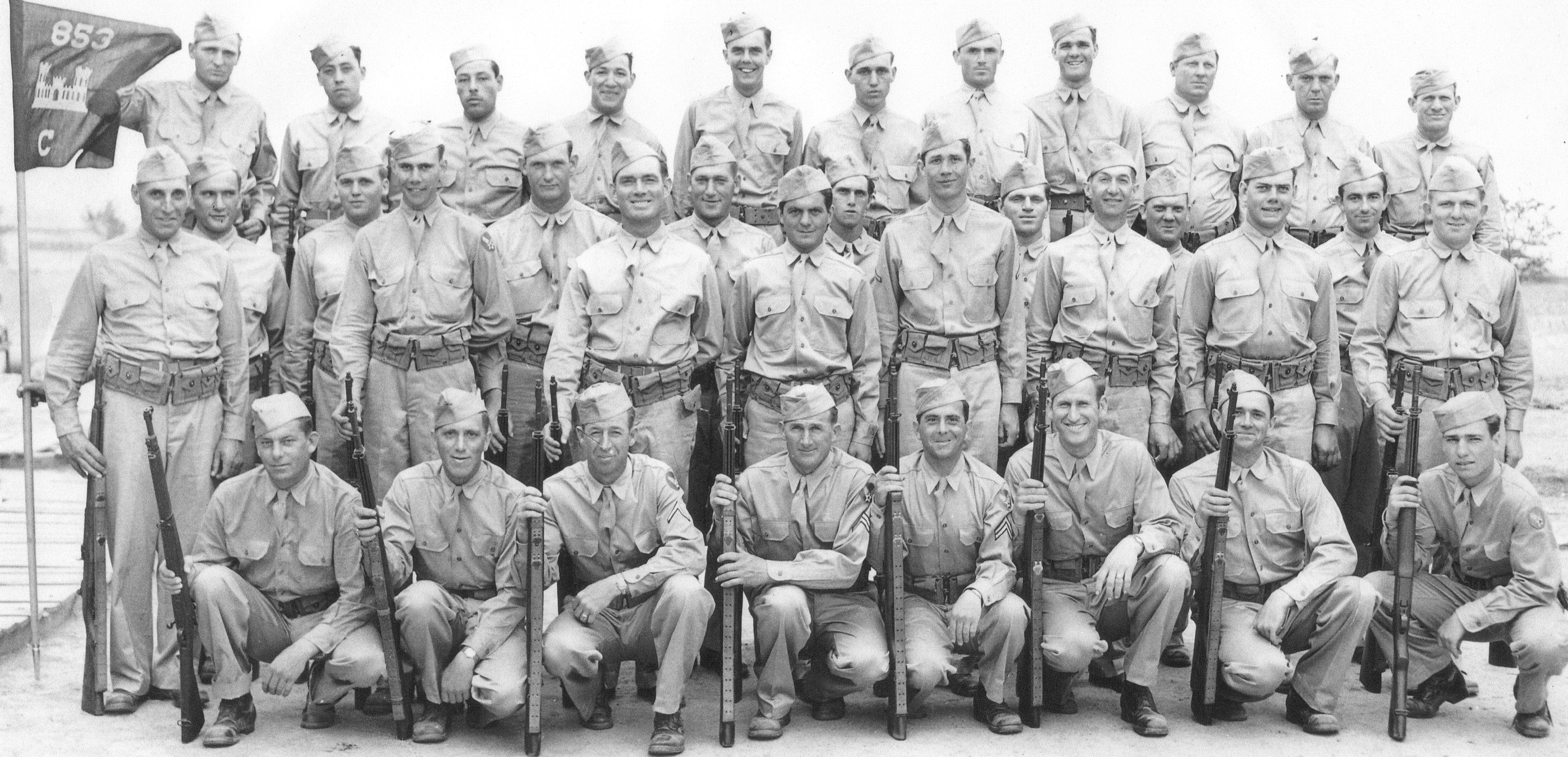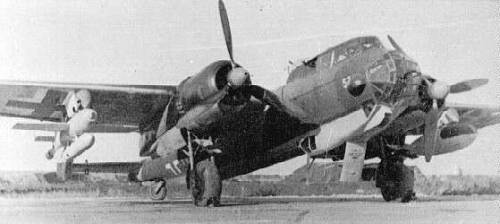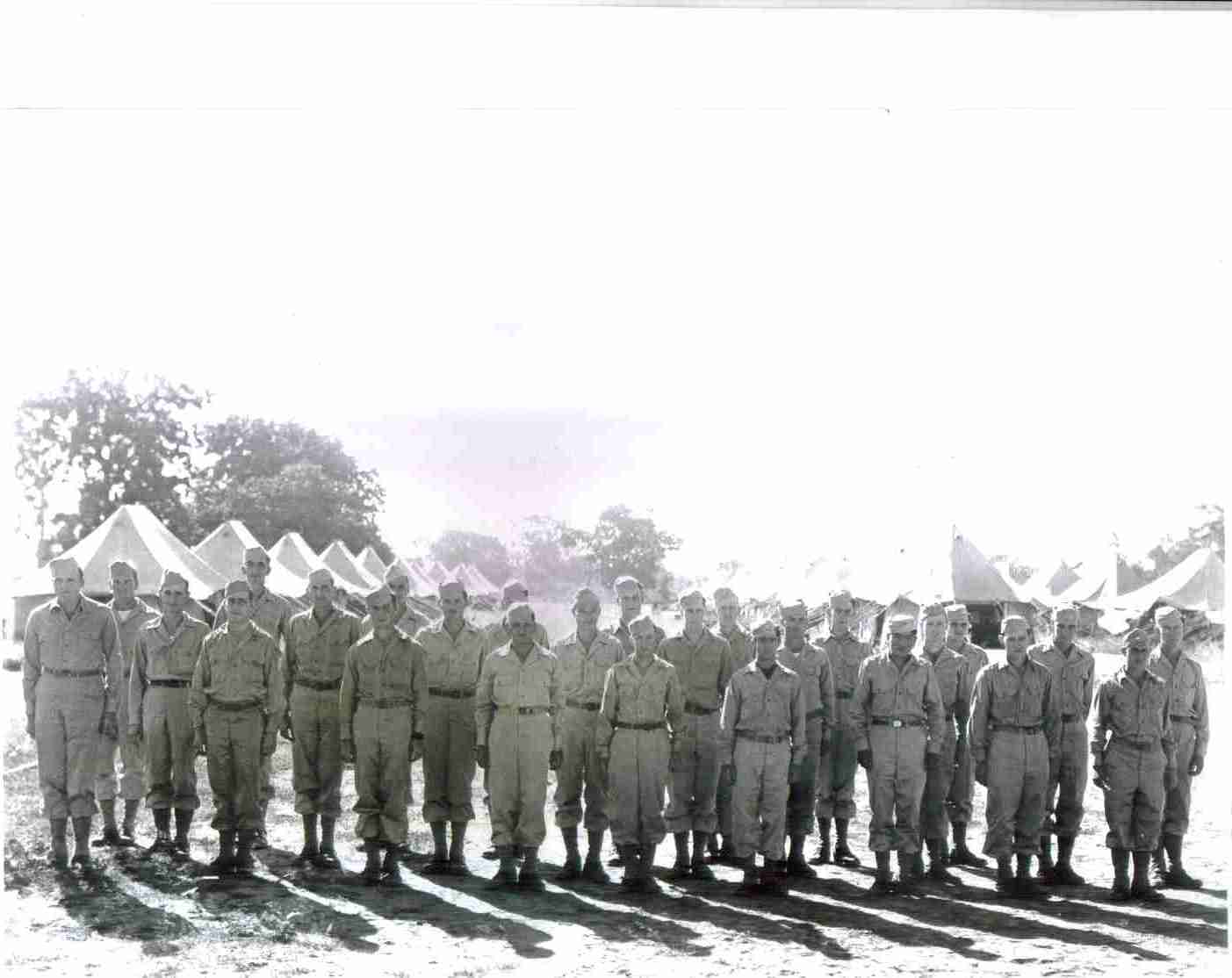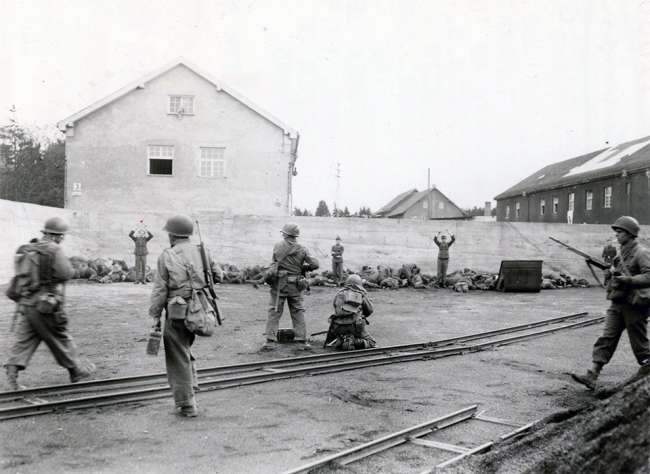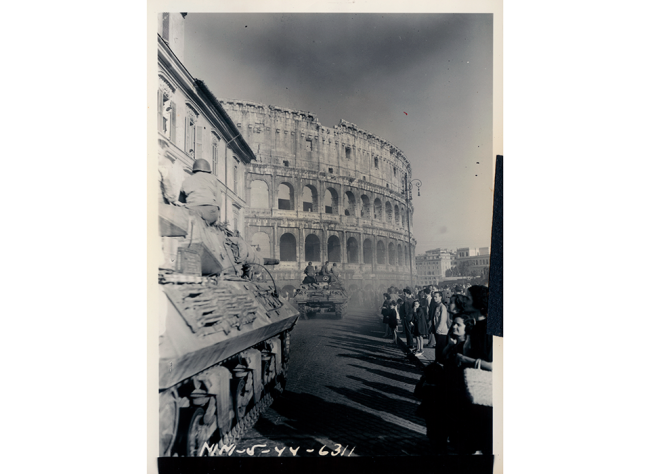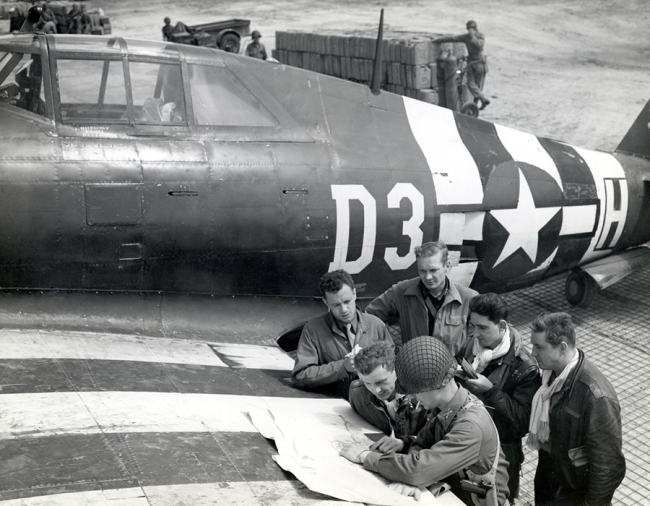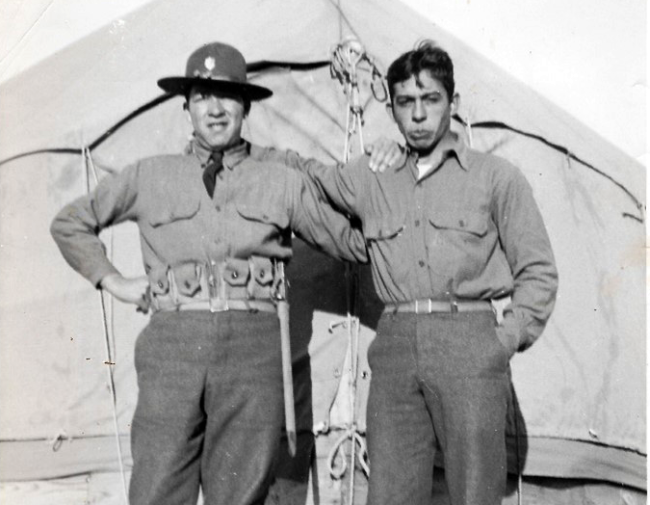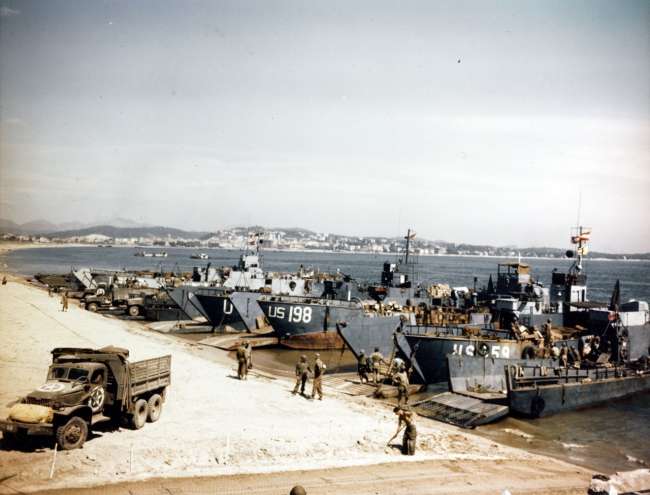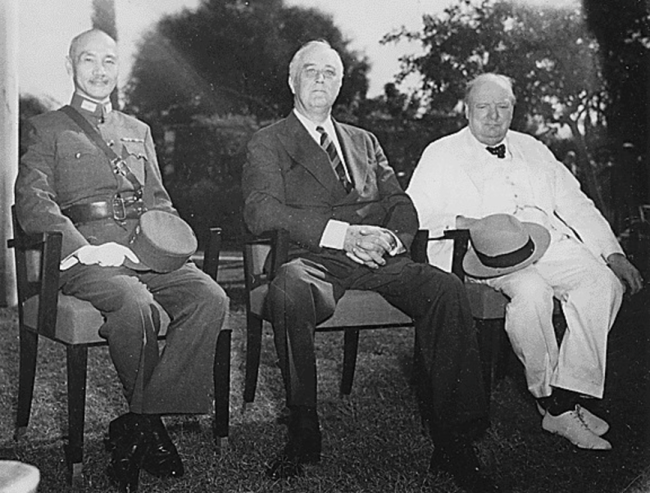Top Photo: HMT Rohna, c. 1943 Source: The Rohna Survivors Memorial Association, Public Domain Photo
Fifty-three years after World War II’s largest loss of American life at sea, a tenacious group of survivors and families gathered in an Alabama cemetery to erect a small memorial. The memorial, reminiscent of a modest tombstone with a single block and a short inscription, is hardly proportional to the magnitude of the HMT Rohna tragedy. This physical discrepancy is, however, an accurate representation of the Rohna’s story. Her legacy is one of suppression, tenacity, and a new hope arising—a hope that is carried on by the few remaining who know the story of the HMT Rohna.
On November 26, 1943, the day after Thanksgiving, the HMT Rohna steamed through the Mediterranean Sea. She was assigned to convoy KMF-26 on its journey to India with over 2,000 crew and troops aboard. As a requisitioned passenger liner, she was loaded with more than twice her standard occupancy and was in a position in the convoy known as “the coffin corner” (the most vulnerable location in the convoy). Troop commander Lieutenant Colonel Alexander Frolich, who was also the commanding officer of the 853rd Engineer Aviation Battalion, held various drills over the two days at sea, including abandon-ship drills. He wanted to ensure the men were prepared and knew exactly what to do in case of an emergency or an attack.
In the twilight of the afternoon, the German Luftwaffe attacked the convoy with more than 30 planes and launched a vicious assault with dozens of the newly operational HS-293 radio-guided missiles. The rocket-powered HS-293 projectiles were a precursor to today’s precision-guided missiles and achieved some early success in previous battles.
As the enemy bombers and escort aircraft made multiple passes over the convoy, antiaircraft fire rocked the troopships. Escort vessels also engaged the aerial threat, downing at least eight German fighters with no apparent Allied casualties. Believing they had defeated the aerial assault as the retreating bomber fleet left, an air of satisfaction and relief appeared on the gunners faces.
One Final Pass Brings Down the Rohna
This feeling was short-lived. A lone Heinkel (He) 177 bomber piloted by Major Hans Dochtermann was still lurking. Dochtermann was a seasoned Luftwaffe aviator with an impeccable service record. He banked out of the clouds for one final pass. Having underwent months of specialty training in France to successfully employ the HS-293, he flew his bomber parallel to HMT Rohna. Slung under the aircraft’s wing, the pilot launched the missile as a controller aboard the He 177, directing the missile to make a 90-degree turn toward its intended target.
The men aboard Rohna were bewildered, noting that it seemed a smaller plane had been dropped from the wing of the larger bomber. The smoke trail behind the rocket engine marked the missile’s trajectory and the corrections sent by radio signal from the operator in the bomber. The HS-293’s path was true and impacted the vessel amidships at the waterline. Upon impact, the weapon detonated, causing an explosion in the engine room. That initial blast killed approximately 300 soldiers, nearly all of them from the 853rd Engineer Aviation Battalion who were berthed near the engine room. The damage from the explosion resulted in fires and flooding, while also trapping men in the darkened maze of the ship’s internal holds. Most were sent to a watery grave.
In the hours after the explosion, the ship began to list, and hundreds of men abandoned the sinking transport. Few lifeboats were usable: some were damaged in the attack while others were rusted to their davit housings. Of the few boats that were lowered, many of them collapsed or capsized in the water. With the seaworthy lifeboats overloaded, many of the crew and soldiers frantically tried to survive. Some men entered the Mediterranean Sea with inflated lifebelts around their waists, causing them to pitch forward in the frigid, oil-soaked water. Many were drowned. Others grabbed onto driftwood and any objects they could find to keep themselves afloat until they could be rescued. But was a rescue going to come?
The American minesweeper USS Pioneer and a half-dozen other vessels worked through the night to rescue as many men as they could. Pioneer, rescuing 606 men, nearly capsized under the added weight of survivors. The final survivors were rescued after more than eight hours in the water, but it would be a few days until an accurate casualty count could be ascertained. However, in the early morning hours of November 27, of the 793 men in the 853rd Engineers, only 126 answered roll call—a bleak foretelling of the 62 percent loss rate they ultimately sustained. In total, 1,015 American servicemembers along with 134 British and Indian crewmembers were killed in the attack.
From the Shadows Into the Light
For 50 years, this event was held under a veil of secrecy for many reasons—some factual, some speculative. In 1993, CBS Radio News commentator Charles Osgood’s Veterans Day address mentioned the HMT Rohna sinking stating, “It’s not that we forgot. It’s that we never knew.” As a result, the story was moved from the shadows into the light. On May 30, 1996, a memorial to the men who died aboard Rohna was dedicated at Ft. Mitchell National Cemetery in Seale, Alabama. The memorial was fully financed and commissioned by The Rohna Survivors Memorial Association (TRSMA) members, with no assistance or interest from any outside agency to include the Department of Veterans Affairs.
TRSMA was formally founded by articles of association and by-laws in 1999. Then, in October 2000, Congressman Jack Metcalf (R-WA), presented House Resolution 408, which detailed the events of HMT Rohna’s sinking into the congressional record. The resolution passed by unanimous consent in the Senate just 17 days later. We have not forgotten. Thanks to all those who have assisted in highlighting the sinking of the Rohna and bringing the event to the public eye. Family members of the survivors and victims are finally getting the answers and recognition they sought for so long.
This article was contributed by The Rohna Survivors Memorial Association.
Cite this article:
MLA Citation:
APA Citation:
Chicago Style Citation:
